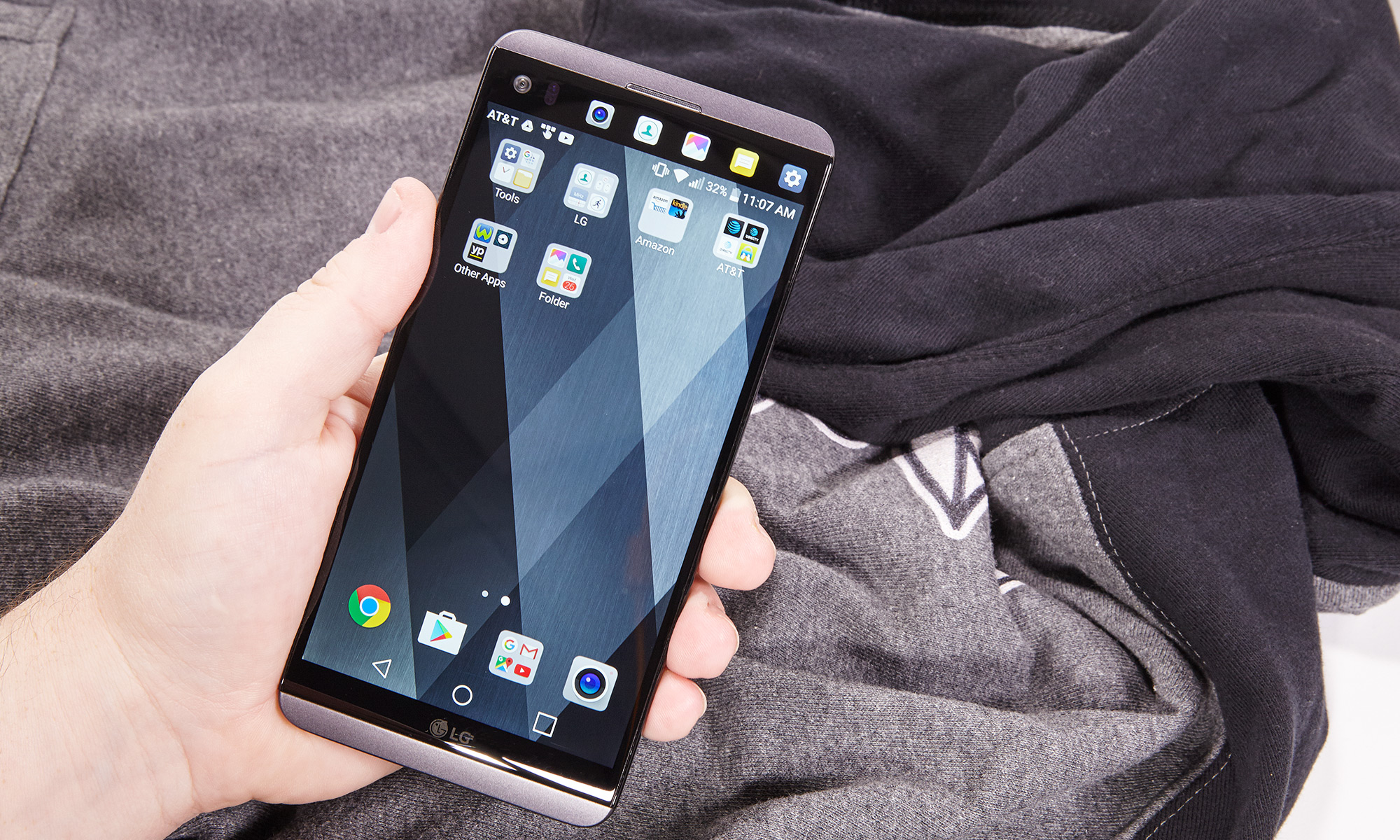Tom's Guide Verdict
Equipped with dual rear cameras, full-featured camera controls and a handy second screen, the LG V20 is a worthy big-screen alternative to the Galaxy S7 Edge and the Google Pixel.
Pros
- +
Dual rear cameras offer different angles
- +
Great manual controls for photo/video
- +
Handy, always-on second screen
- +
High-gain microphones
- +
Removable battery
Cons
- -
Expensive
- -
No waterproofing
- -
So-so battery life
Why you can trust Tom's Guide
With the demise of Samsung's Galaxy Note 7, Android fans looking for a premium big-screen phone have been left high and dry. Thankfully, LG has a worthy alternative in the $750 V20. Although it doesn't have the same kind of battery life, stylus or water resistance as the Note 7, this 5.7-inch beast's unique second screen and dual rear cameras make those shortcomings easy to forget.
If you're looking for an all-purpose content-creation device, LG's special high-gain microphones and fantastic manual controls might even elevate the V20 above Google and Samsung's best phones, resulting in a phone that's hard not to like.
Design
To embrace the V20, you'll have to come to terms with one of its most disappointing aspects: its design. Available in three colors (gray, silver and pink), this metal-bodied phone isn't ugly or annoying to hold, but compared to last year's V10, which had a grippy silicone back and polished steel sides, the V20 doesn't have much personality.
Thankfully, LG did bring back the V series' always-on second screen, which is now brighter and easier to read. It's really useful for opening up recent apps or controlling commonly used functions such as Wi-Fi and the flashlight. The second screen will even change automatically depending on what app you're using, so you can get contextualized menus when you're shooting photos or track controls when you're listening to music.
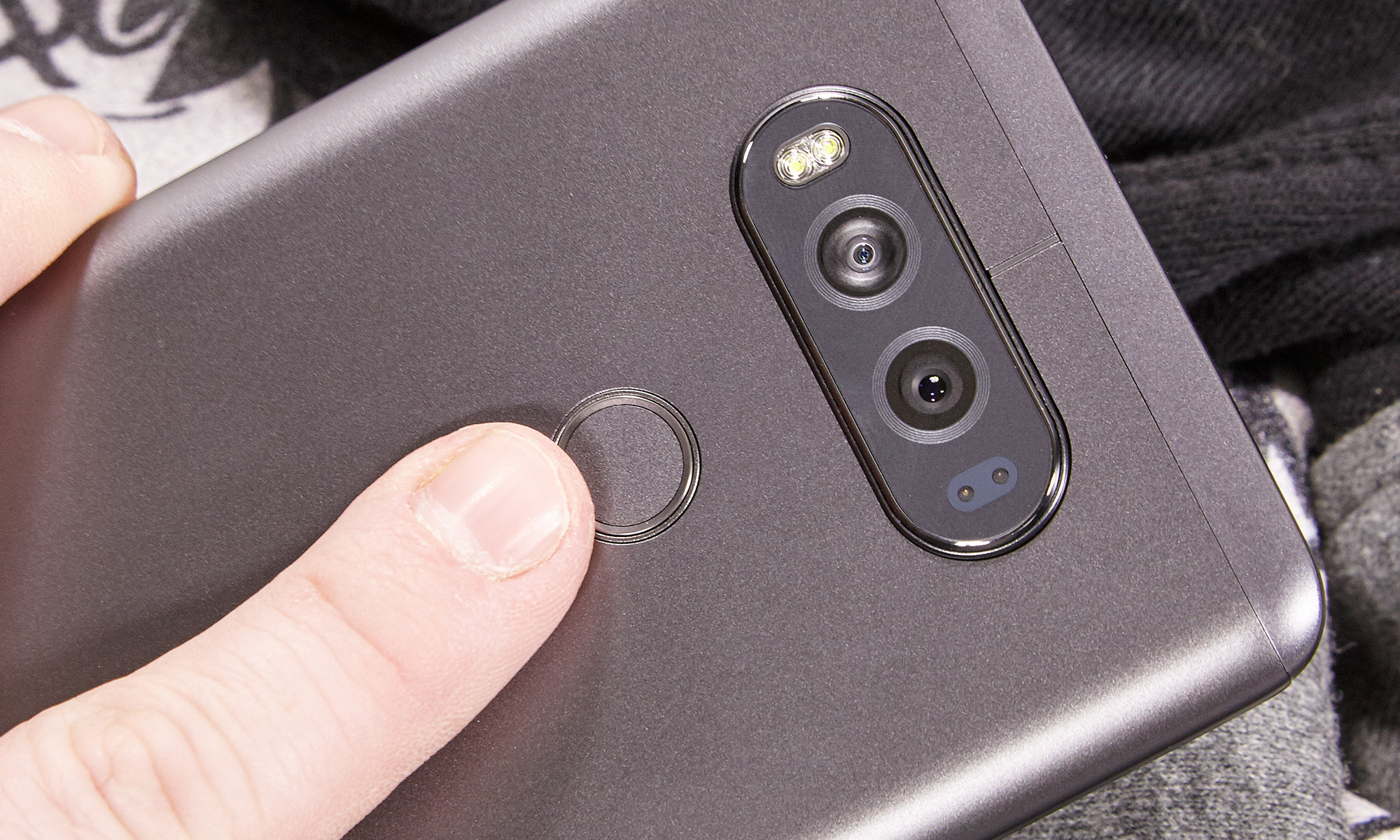
Some people might be bothered by the V20's lack of a side-mounted lock button, but considering you have to reach around the back to access the phone's fingerprint sensor anyway, I don't think it's actually that big of a deal.
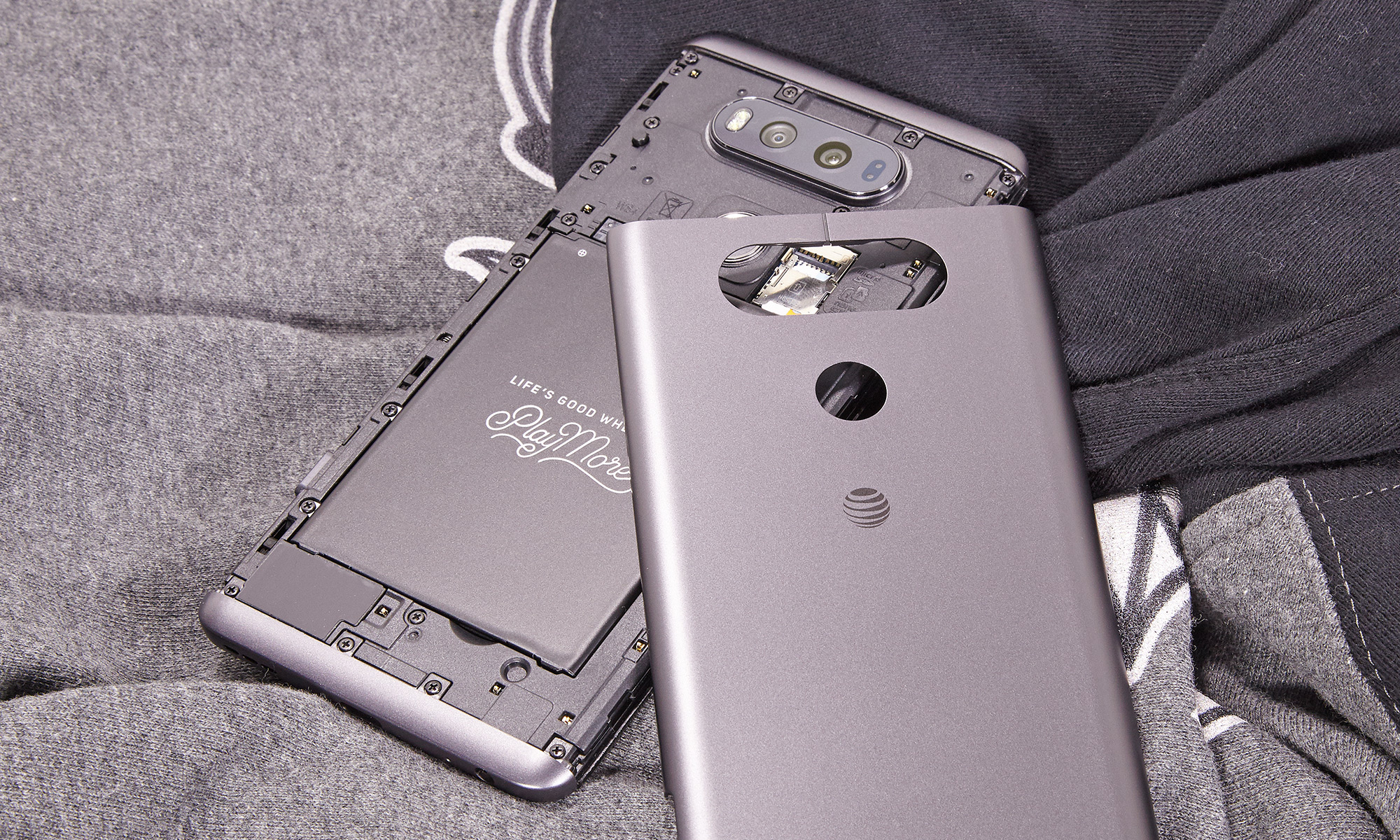
All the removable-battery fanatics out there should know that the V20 is pretty much the only large-screen phone with a power pack you can change yourself.
MORE: Best Smartphones on the Market Now
To get inside, you simply press the button on the lower edge of the phone to get the whole back plate to come off. That allows you to remove the battery or swap in a SIM or microSD card without having to use one of those annoying ejector pins.
Get instant access to breaking news, the hottest reviews, great deals and helpful tips.
Display
The V20's 5.7-inch quad-HD LCD display is a fine-looking screen, and with a max brightness of 512 nits, there's no reason to worry about outdoor visibility. (Brighter displays are much easier to see in bright light.)
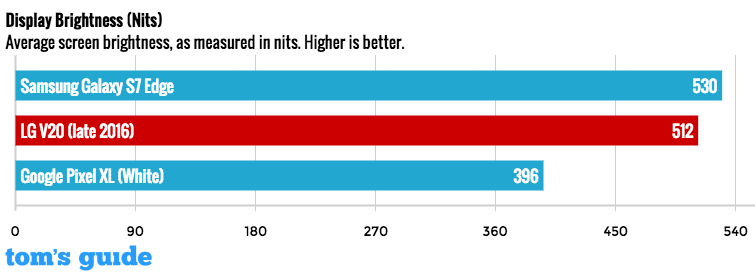
In comparison, the Samsung Galaxy S7 Edge's max brightness topped out at a slightly higher 530 nits, while the Google Pixel XL was dimmer, at 396 nits.
Still, the V20's display doesn't offer nearly the same level of color saturation or black levels as the AMOLED screens on the S7 Edge and the Pixel.
The V20's tiny second screen is one of the most useful and practical features any company has added to a phone recently.
The V20's color range was also more limited than its competitors'. It covered 129.6 percent of the sRGB spectrum, compared with the S7 Edge's 189 percent and the Pixel XL's 191 percent.
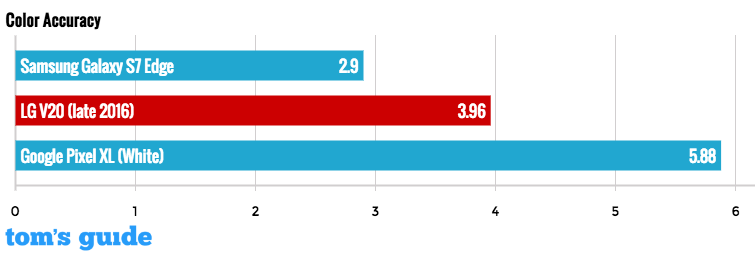
Finally, the V20's Delta-E color accuracy rating of 3.96 was good, but not great. (Numbers closer to 0 are better.) Samsung's S7 Edge was slightly better, with a rating of 2.9, while the Pixel XL was slightly worse, with a rating of 5.88.
Performance
Thanks to a Qualcomm Snapdragon 820 processor, 4GB of RAM and 64GB of onboard storage, the V20 definitely isn't hurting for power. On benchmarks, it performed similarly to other Android flagships, and in real life, both games and web browsing were smooth and snappy. My current mobile app addiction, Star Wars Galaxy of Heroes, booted quickly, and the opening of folders from the home screen was slowed only by the animation times of LG's user interface.
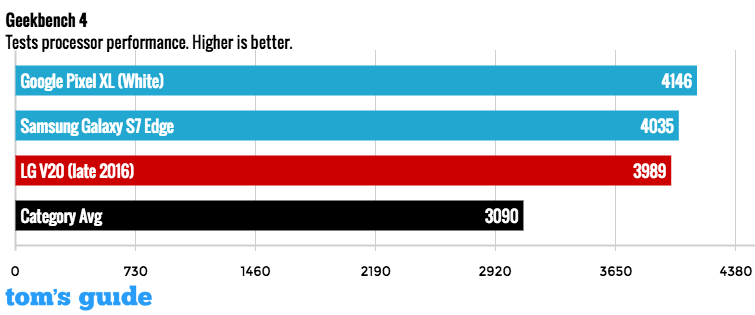
On Geekbench 4, which measures overall performance, the V20 scored 3,989. That's pretty much the same as the S7 Edge's score of 4,035, and within 5 percent of the Pixel XL's score (4,146). Google's phone packs Qualcomm's newer and slightly more powerful Snapdragon 821 chip. The smartphone category average is a good deal lower (3,090).

The V20's graphics performance was pretty solid, too. On 3DMark's Ice Storm Unlimited test, the V20's score of 28,446 matched scores from other flagship phones, slotting right between the Pixel XL's mark of 28,182 and the S7 Edge's score of 29,851.
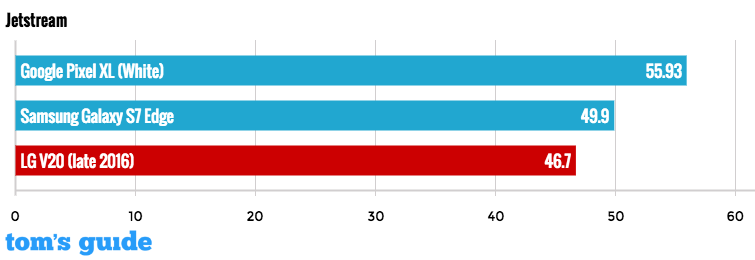
On the JetStream 1.1 web browsing test, the V20 notched a respectable score of 46.7 (bigger numbers are better). However, the Samsung S7 Edge and the Google Pixel performed slightly better with scores of 49.9 and 55.9, respectively.
Cameras
Featuring a 5-megapixel front camera with two angles for selfies or group shots, as well as two rear cameras (a 16-MP main cam and an 8-MP wide-angle cam), the V20 is one of the most flexible smartphone shooters you can get.
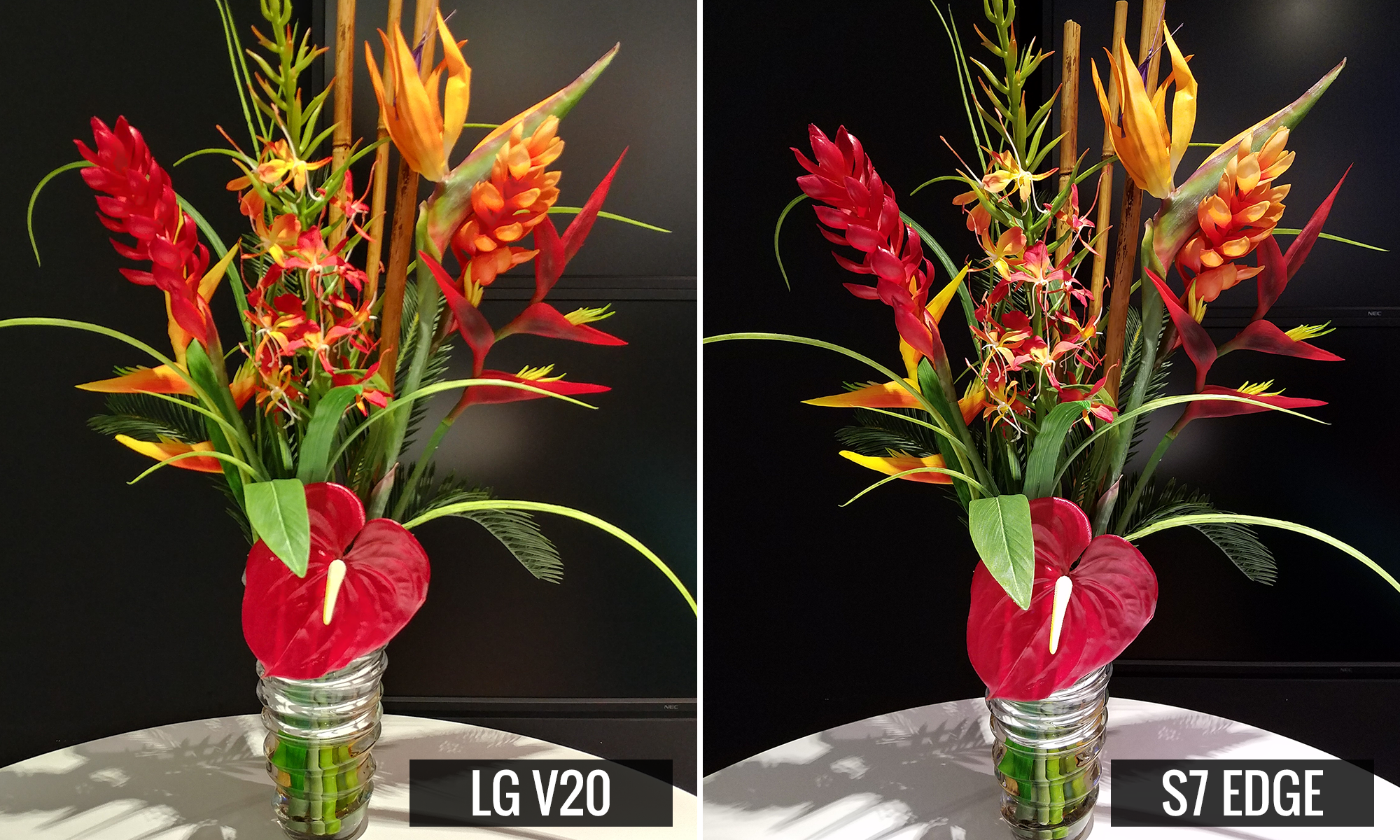
And although the pictures from the LG phone's rear cams weren't quite as good as those you'd get from a Samsung Galaxy S7, they were pretty close.
But although the V20's photos may lack the rich colors and sharpness found in shots from other flagship phones, it easily makes up for those shortcomings in other areas.

That's because LG has equipped the V20 with some of the best manual camera controls you can get on a phone. It's exceedingly simple to adjust settings such as white balance, ISO and shutter speed, and switching among modes is as easy as hitting an icon on the phone's second screen. I'm an especially big fan of how LG provides users with a histogram so you can ensure correct exposure without having to rely on what you see on the screen.
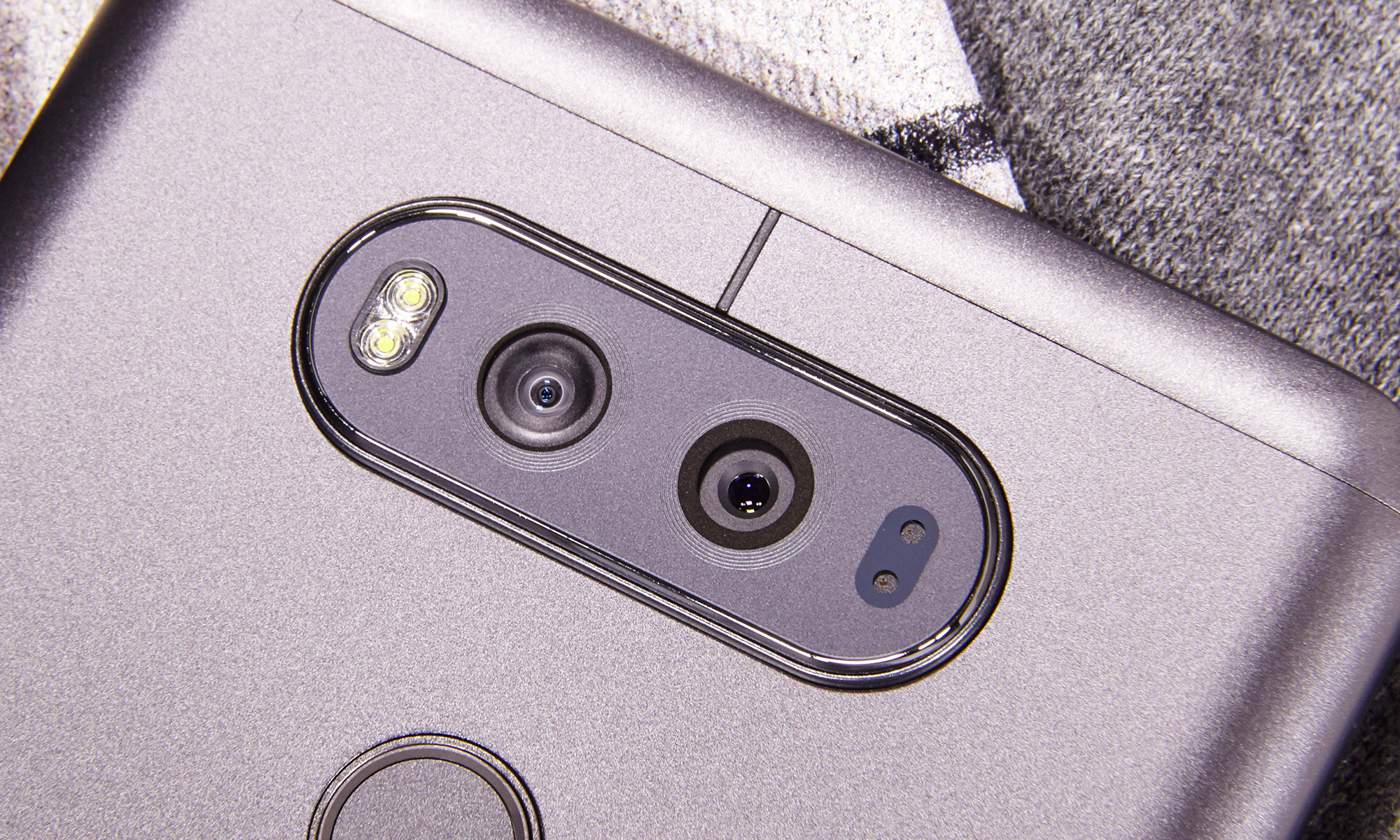
When you record video, you even get a meter for audio levels. Combine that with the V20's high-gain microphones, and you get crystal-clear audio at events that would result in broken and distorted sound on other devices. I heard the difference for myself when I took the V20 to record a concert at Radio City Music Hall. The sound from the V20 clip was crisp and punchy, whereas audio from Huawei's flagship P9 sounded crackly and blown out.
In addition to having one of the best video-shooting modes on the market, the V20 is a great phone for landscape photographers. Its main 16-MP rear cam offers a higher resolution, and thus more detail, than phones with 12-MP cams, such as the S7 Edge and the Pixel. In addition, the V20's secondary 12-millimeter 8-MP cam offers superwide viewing angles that can capture expansive scenes in ways other phones can't.

Areas where the V20's camera could do better include color richness and sharpness. When compared side by side to photos from an S7 Edge, the V20's pictures often looked flatter and a bit less vibrant.
For even more in-depth analysis, check out my camera face-off between the LG V20, Galaxy S7 Edge and Huawei P9.
Audio
When you want to listen to music using headphones, the V20 delights with hi-fi 24-bit quad DAC (digital-to-analog converter), so you can hear every detail the way the artist intended it. In head-to-head tests of the V20, the iPhone 7 and the Google Pixel, the V20 did the best job of producing subtle details, such as the strained saxes on Brock Berrigan's "Cruise Control" and the gravelly rumble of "Shotgun" Tom Kelly's voice in Fred Falke's "Radio Days."
OS and UI
When it was announced back in September, the V20 was going to be the first phone to feature Android 7.0 Nougat out of the box. But now that Google's own Pixel is already shipping with Android 7.1, the V20 has lost some mojo. You still get new Android features, such as support for multiwindow mode; a cleaner, redesigned notifications tray; and quick replies. However, you won't get important features found on the Pixel (which has Android 7.1), such as the new Google Assistant, the handy Google Now widget and the snappy Pixel launcher.
MORE: Android Tips to Unlock Your Phone's Full Potential
One of the biggest changes existing Android owners will notice is the V20's lack of an app drawer. That means every app on your phone lives somewhere on one of the home screens. That can make things look cluttered at times but should make organization a bit simpler because you don't need to look in multiple places for your apps.
LG's UI is clean, though bland, and consists of a simple white-and-gray color scheme. The handy second screen at the top automatically populates itself with icons for recently used apps, the time and date, and commonly used settings, such as the flashlight and Wi-Fi.
Battery Life
I really wish the V20's battery life were a bit better. On the Tom's Guide Battery Test (continuous web surfing over 4G LTE), it lasted a mediocre 8 hours and 47 minutes on AT&T's network.
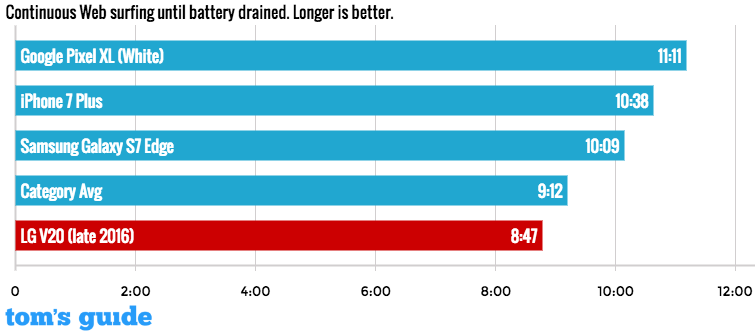
MORE: Smartphones with the Longest Battery Life
The average battery life for smartphones is almost half an hour longer, at 9:14, and competing big-screen phones — such as the Samsung S7 Edge (10:09), Google Pixel XL (11:11) and iPhone 7 Plus (10:38) — lasted more than 10 hours on our test.
Bottom Line
The LG V20 is a bit of a strange beast. It looks like an enlarged LG G5 and skips most of the design features that made last year's V10 unique. Its battery life is pretty average, and with a price tag starting at around $750 (depending on which carrier you choose), it's not cheap, either.
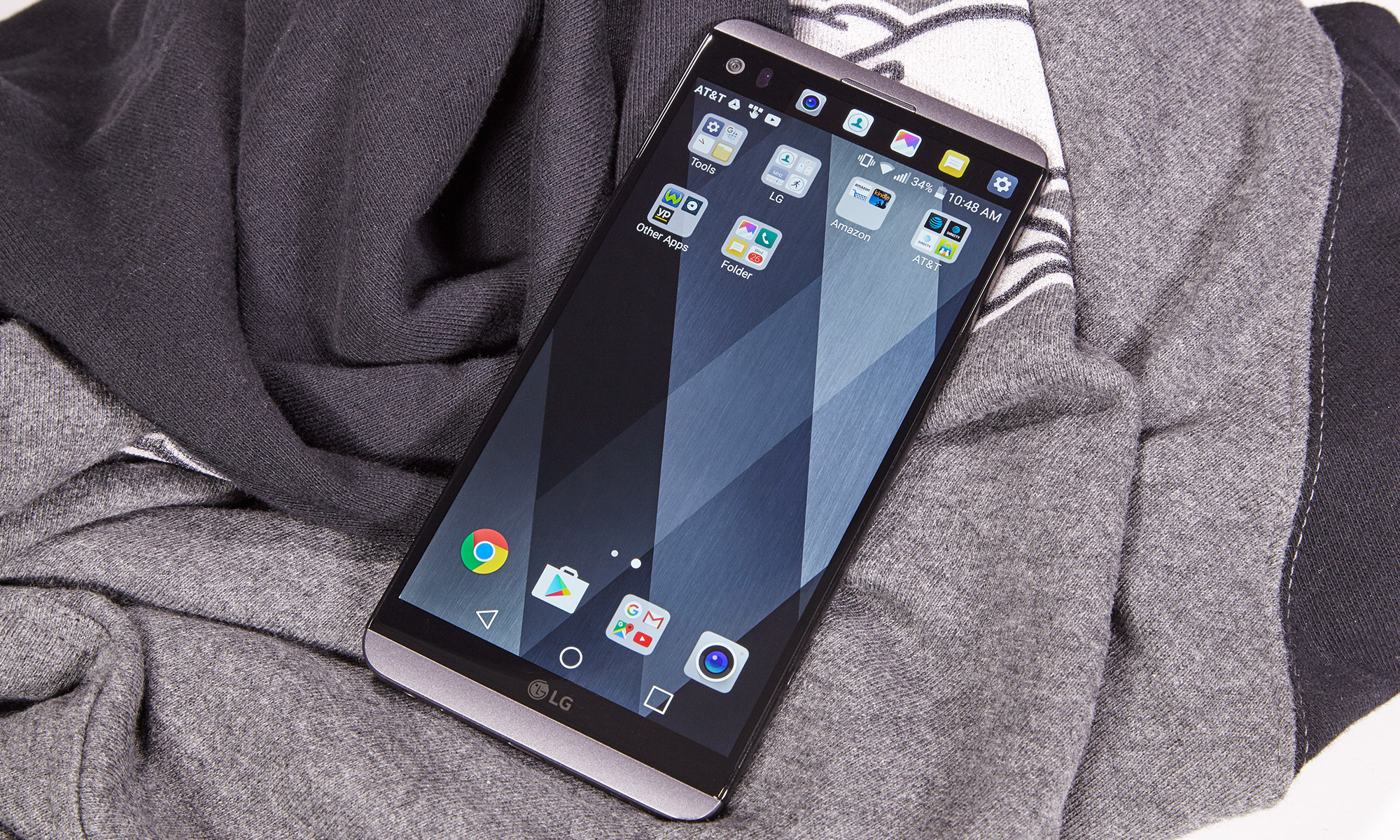
For a big-screen phone, I still prefer Samsung's S7 Edge because of its longer battery life, richer AMOLED screen and more polished overall package, or Google's $769 Pixel XL and its glorious stock Android experience. However, the V20 isn't that far behind, and it has a number of bright spots that keep pulling you back.
Its tiny second screen is one of the most useful and practical features any company has added to a phone recently, and its high-gain mic and comprehensive manual camera controls are a joy to use. The phone's Qualcomm Snapdragon 820 processor means its performance is pretty solid, too. So if you care about landscape photos or removable batteries, the V20 is still a top pick among premium phablet phones.
Sam is a Senior Writer at Engadget and previously worked at Gizmodo as a Senior Reporter. Before that, he worked at Tom's Guide and Laptop Mag as a Staff Writer and Senior Product Review Analyst, overseeing benchmarks and testing for countless product reviews. He was also an archery instructor and a penguin trainer too (really).
-
Nostromo79 My perception, eight days into the V20 ownership experience, is that it's a vast improvement over my quirky yet powerful V10. Battery life is stable and (subjectively) forty to fifty percent improved over the V10. In Titanium the V20 projects a sculpted, monolithic appearance with a raked 'chin' and 'forehead'. Performance is on-par with my late, lamented pair of Note7s (sniffle) yet I was intent on buying a V20 since the V-Line is now a sentimental favorite of mine. What might the V30 bring to the game next year? I would have enjoyed teaming my Note7 with my new V20.Reply -
dougjensen You neglected one of the two reasons I bought this phone--up to 2TB SD card! And the other reason of course is the replaceable battery. As soon as extended 2X and 3X batteries with corresponding backs become available, I'll be buying them. They make the phone heavier and thicker but I don't care--a obsession with thin and light over functionality is shallow-minded. And yes, I do have a variety of external battery packs for my phones and tablets also.Reply -
george_147 I have had my galaxy S5 for two and a half years and am excited about the LG V20 I just purchaced on line through sprint. It cost me 349 dollars with a two year contract. The large 5.7 screen and removeable battery was my main attractions. The mil-std-810c rating was also something that interested me. I guess I will stay with LG if samsung refuses to make a removeable battery phoneReply
